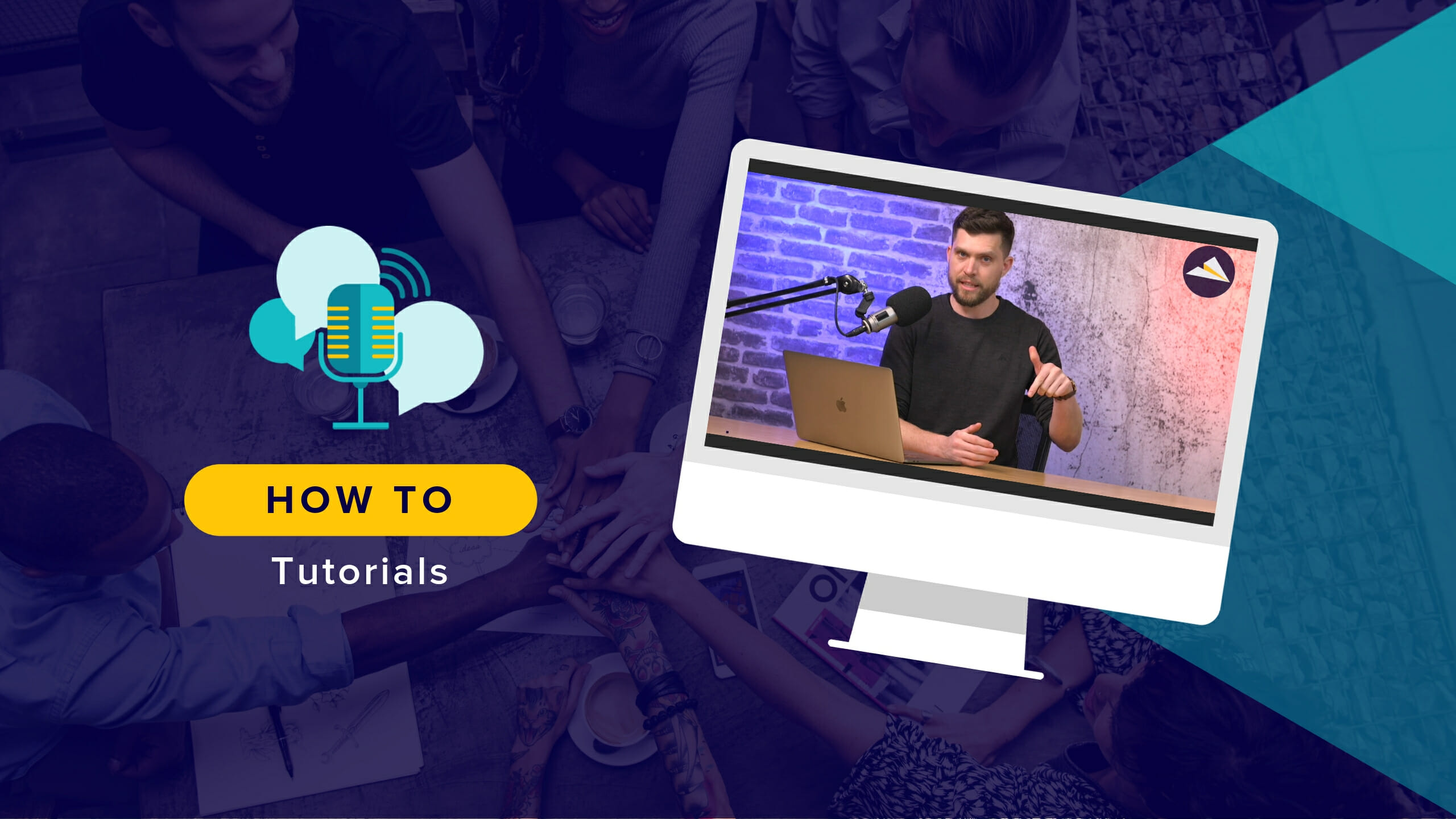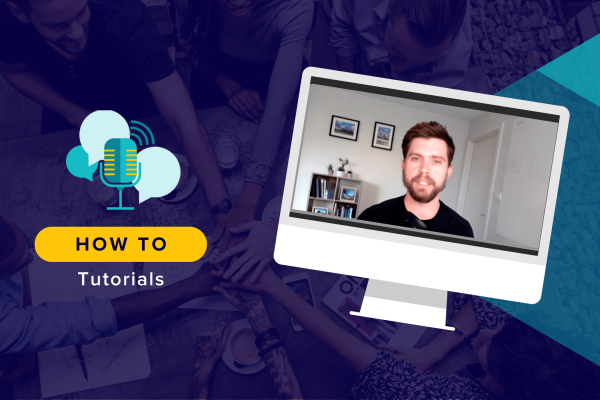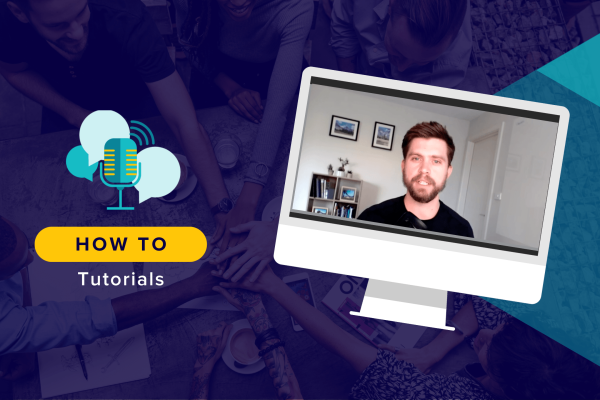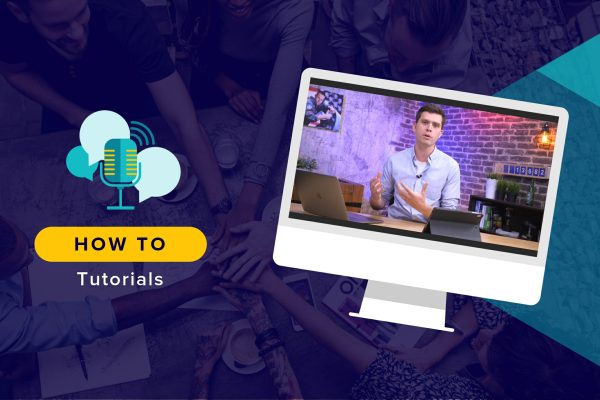It’s easy to walk into the first meeting with a prospective client and let them take the reins. After all, they were the one who reached out to you, right? But that mistake could have far-reaching effects on your relationship with them as a client and, not only that, it could adversely affect the rest of your business.
In order to run more effective client meetings, you must position yourself as an expert and authority right from the start. In the video and recap below, I’ll share with you my five-step framework for accomplishing this.
How to Run More Effective Client Meetings
Even if a prospect or client sends you information ahead of a scheduled meeting, there’s more to preparing for it than just reading through the notes.
With the following framework, you’ll see that initial meetings with prospects (and later ones with them as clients) become a platform through which you demonstrate your expertise and authority. By taking control of the meeting, asking the right questions and ensuring that your client is on board every step of the way, they’ll feel more at ease, which will lead to greater trust in what you do.
To establish this framework for your own business, start here:
Step 1: Set the Agenda
One of the benefits of following a consistent process is that it gives you confidence in what you do. This is why it’s absolutely critical to have a framework in place for initial meetings with prospects or clients.
They’re going to walk into this first meeting wondering how it’s going to go and what they should ask. But you’re going to be ready to take control the second they show up in person, over the phone or on Zoom.
You: “Thanks for taking the time to meet with me today. I have another meeting to attend in 45 minutes, so I’d like to get us started on the agenda, so we have time to cover everything.”
Client: They nod in agreement and begin to relax as you’ve taken control.
You: “I received your original inquiry. Thanks for being so thorough. I just want to get crystal-clear on the objectives and deliverables. Is that okay?”
Client: Again, they nod in agreement and relax even further as you demonstrate that you know exactly what you’re doing.
This will set the tone not just for this first interaction, but for every interaction you have with them in the future. It lets them know that you’re the expert, and they can 100% put their trust in you to handle things.
Step 2: Confirm the Decision Maker Is Present
Ideally, before a meeting is scheduled, you’re able to confirm who the decision maker is (i.e. the person who approves the deliverables and writes the checks). To be on the safe side, you should confirm this is the case before you move on in the meeting.
You: “Just to confirm, who will be the decision maker on this project?”
Client: If they say “me” or name someone else present, then you’re good to go. If not, kindly ask them to reschedule.
This isn’t a slight to the second-in-command. These people are often an integral part of keeping things moving on a project. However, it doesn’t make much sense to talk about objectives with someone who won’t be making the call on whether or not you’ve successfully met them.
Step 3: Record the Conversation
It’s important to record the initial meeting with clients. For starters, it frees you up to focus on the conversation rather than jotting down notes. Secondly, it’s always a good idea to have a record of the most pertinent details of a job. You never know when you’ll need to go back and review them (like when drawing up the details of your proposal).
If you’re using a tool like Skype or Zoom to host your meetings, they come with built-in recorders. If you’re meeting in person, then a call recorder app on your phone will do.
Before you hit that “Record” button, though, you should ask the prospect for permission.
You: “I’d like to record this meeting to make sure we don’t miss anything. Is that okay with you?”
In posing this question to them, you’ll again reinforce the idea that you’re an expert with a process they can trust.
Step 4: Understand the Goals & Objectives
For many designers and agencies, this is the hardest part of the process to adjust to. That’s because, if this call were driven by the client (which you may be accustomed to), then you’ve been trained to talk about yourself and your experience, the ideas you have for the website, the themes and plugins you plan to use, and so on. But you have to resist that temptation.
This call isn’t about you or what you want to do. This is about exploring their goals and objectives, and really drilling down into what they need.
You’re going to accomplish this by using the Go Wide Go Deep method.
You: “Why do you need this website?”
Client: “I want to double my email list in the next 12 months.”
You: “How will that impact your business?”
Client: “Well, I mostly host free webinars right now, but would like to do more paid seminars and retreats.”
You: “And once you’ve doubled your email list, how will that make things better for you?”
Client: “I really enjoy training my clients, but don’t have much time for it because I have so much planning and marketing to do for my webinars. With more paying clients, I won’t have to hustle so much and can focus on what I enjoy doing.”
Using this process, you’ll be able to identify why this project is important to your client and create a clear vision for what success looks like at the end of it. Your clients often don’t even know what this looks like, so this exercise will be useful for both you and them.
Step 5: Send a Recap
After the meeting, you should follow up with a recap of the meeting. Like you, your client wasn’t sitting through the meeting jotting down notes. So, this is a nice way to say “Hey, I got you covered”.
The recap should be a brief rundown of what you discussed, including the project’s objectives, the budget as well as the measurements for success. You’ll follow up with more specifics in the proposal. For now, though, this primes them for the much bigger pitch to come.
It also reinforces your authority in this relationship, so they can rest easy knowing you’ve got everything under control. This is a sure-fire way to ensure that you have more effective client meetings.
Wrap-Up
Now that you have this framework, it’s time to look at what your next steps are. First, you need to add this framework into your workflow. The more consistent you are in using this process in client meetings, the more natural it will feel.
Next, if you’re ready to take your business to the next level, sign up for this free webinar. You’ll learn how to attract better clients, make more money and be much happier in what you do.






